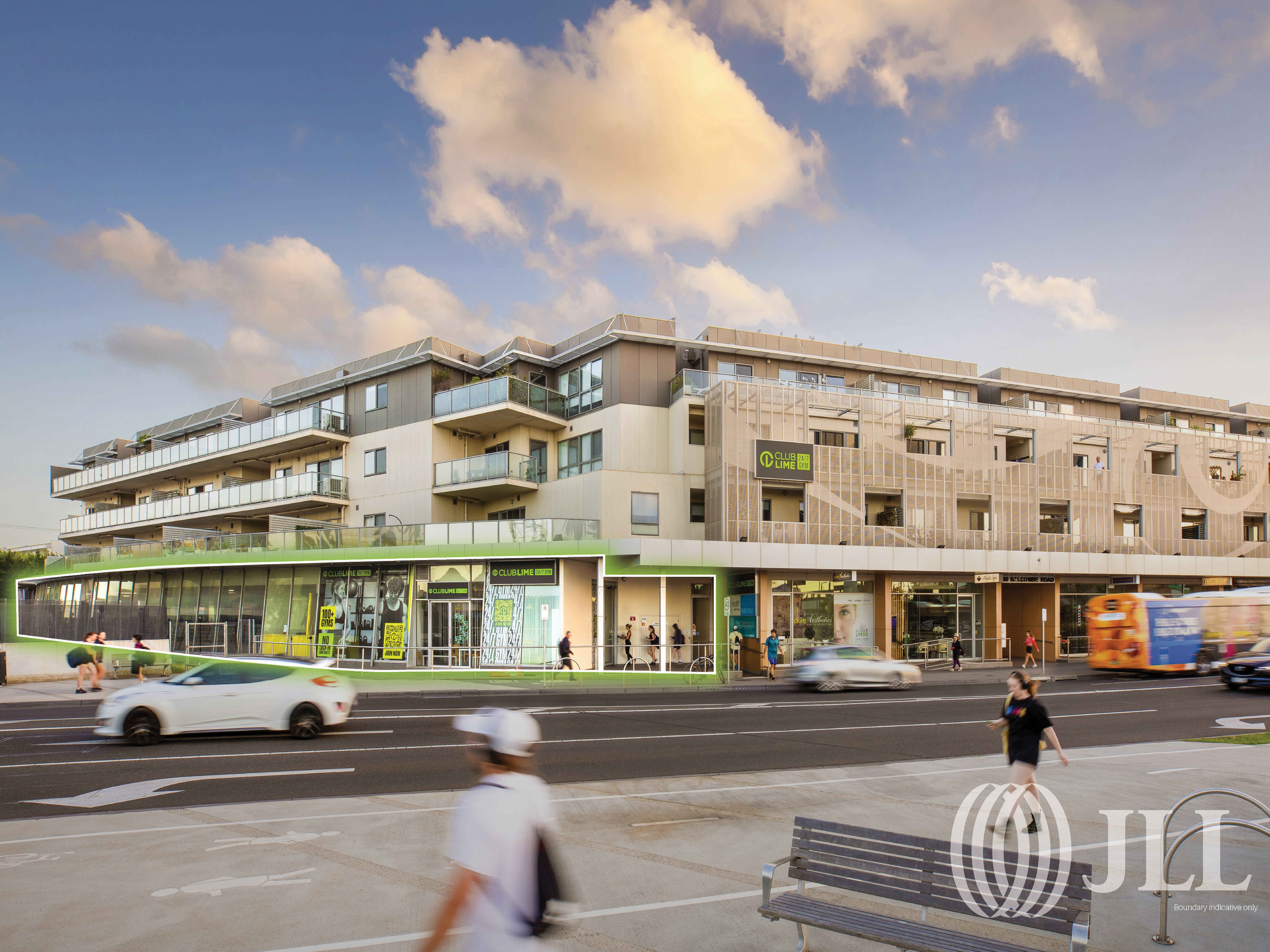Real estate investment falls in Q1, tracking pandemic spread
Investors double down on defensive strategies in taking a more cautious approach
Global commercial real estate investment fell in the first quarter of this year, with some areas hit harder than others as the COVID-19 pandemic spread worldwide.
Direct investment in commercial real estate dropped 5 percent year-on-year to US$200 billion, according to figures from JLL.
The spread of the coronavirus has had an abrupt and widespread impact on financial markets around the world. Mounting evidence suggests that global economic growth contracted in Q1, marking the first quarter of contraction in 11 years.
“Credit and equity markets were among the first to react, with REITs the first in our industry to experience the negative impacts of COVID-19,” says Sean Coghlan, Head of Global Capital Markets Research, JLL.
Across eight of the world’s largest REIT markets, total returns during Q1 on average fell 31 percent , according to JLL.
While the disruption in public markets saw direct investment into real estate fall, activity varied across the regions, in line with the evolution of the spread of the pandemic. This means data does not fully reflect the impact in markets exposed later to the virus.
“No region felt the impact of the pandemic more immediatley than Asia Pacific, where the outbreak first started,” says Coghlan. “But the first quarter data lags the sentiment of the other two regions, which only started to feel the effects in March.”
In Asia Pacific, investment fell 26 percent year-on-year to US$34 billion in the first quarter. EMEA, on the other hand, saw an increase of 5 percent to US$67 billion. Investment in the Americas dropped 2 percent.
Meanwhile, volatility in credit markets, coupled with unprecendented policies and central bank intervention, has seen some lenders pause as they look for clarity on the future, says Coghlan.
“Despite ample liquidity in debt markets, lenders remain in a phase of ‘price discovery’ and are focused on asset managing their existing portfolios. This has led to a greater scrutiny over leverage, and a focus on experienced sponsors, resilient sectors and strong locations in quoting new deals.”
While there is no escaping the impact of the pandemic in the short-term, with the near-record volume of dry powder held by investors, global commercial real estate is still poised to see healthy investment over the long term.
“Not only does real estate offer strong income and portfolio diversification, but it also has low correlations to returns in other major asset classes,” says Coghlan.
Click to access the full Global Market Perspective and Capital Flows report.
Doubling down on defensive strategies
In a bid to mitigate some element of risk, investors are deploying defensive strategies with certain sectors feeling the benefits.
“While nothing is certain in this unprecedented time, industrial, multifamily and data centre assets all benefit from crucial factors that investors are looking for in this climate; income stability; operation criticality; and occupation density,” says Coghlan. “These will likely be among the biggest considerations for first-mover groups with long-term investment horizons”
Already one of the strongest real estate sectors before the pandemic, investment in the global industrial market rose by 7 percent in the first quarter, as investors seek to take advantage of the knock-on effects of booming ecommerce.
“The pandemic is likely to accelerate trends that we were already seeing such as increased online penetration rates, expansion of online grocery, and the integration of technology into warehousing, says Coghlan
Looking for more insights? Never miss an update.
The latest news, insights and opportunities from global commercial real estate markets straight to your inbox.
The virus has also raised questions around inventory, as hundreds of thousands of customers and companies around the world fell victim to shortages caused by panic buying and unpredictable demand surges.
The unprecedented demand overwhelmed supply chains, forcing companies to re-evaluate how much stock they hold and how they distribute it to their customer base. As they do this, the demand for manufacturing facilities, last mile delivery and fulfillment centers will all increase – likely changing the industrial landscape for decades to come.
Meanwhile, the multifamily sector is also benefitting from a focus on more defensive strategies with first quarter investment just 1 percent below the same period last year.
Since 2010, investment in the global multifamily sector has increased 15.6 percent each year, putting it among the fastest-growing real estate asset classes.
Investment Opportunities
“The multifamily sector is considered one of the more resilient sectors, underpinned by the demographic shifts we have witnessed over the past couple of decades,” says Coghlan. “As more people move towards cities and space and affordability become an issue, demand for purpose-built rented accommodation is growing.”
The sector accounted for around 22 percent of total global liquidity over the past two years and is increasingly being targeted in geographies outside of North America.
In Japan, Asia’s largest and most mature multifamily market, investment was at an all-time high in the first three months of this year, largely due to Blackstone’s acquisition of a US$2.7 billion portfolio from Anbang in February; the biggest property deal ever in the Japanese market.
Contact Sean Coghlan
Head of Global Capital Markets Research, JLLWhat’s your investment ambition?
Uncover opportunities and capital sources all over the world and discover how we can help you achieve your investment goals.




